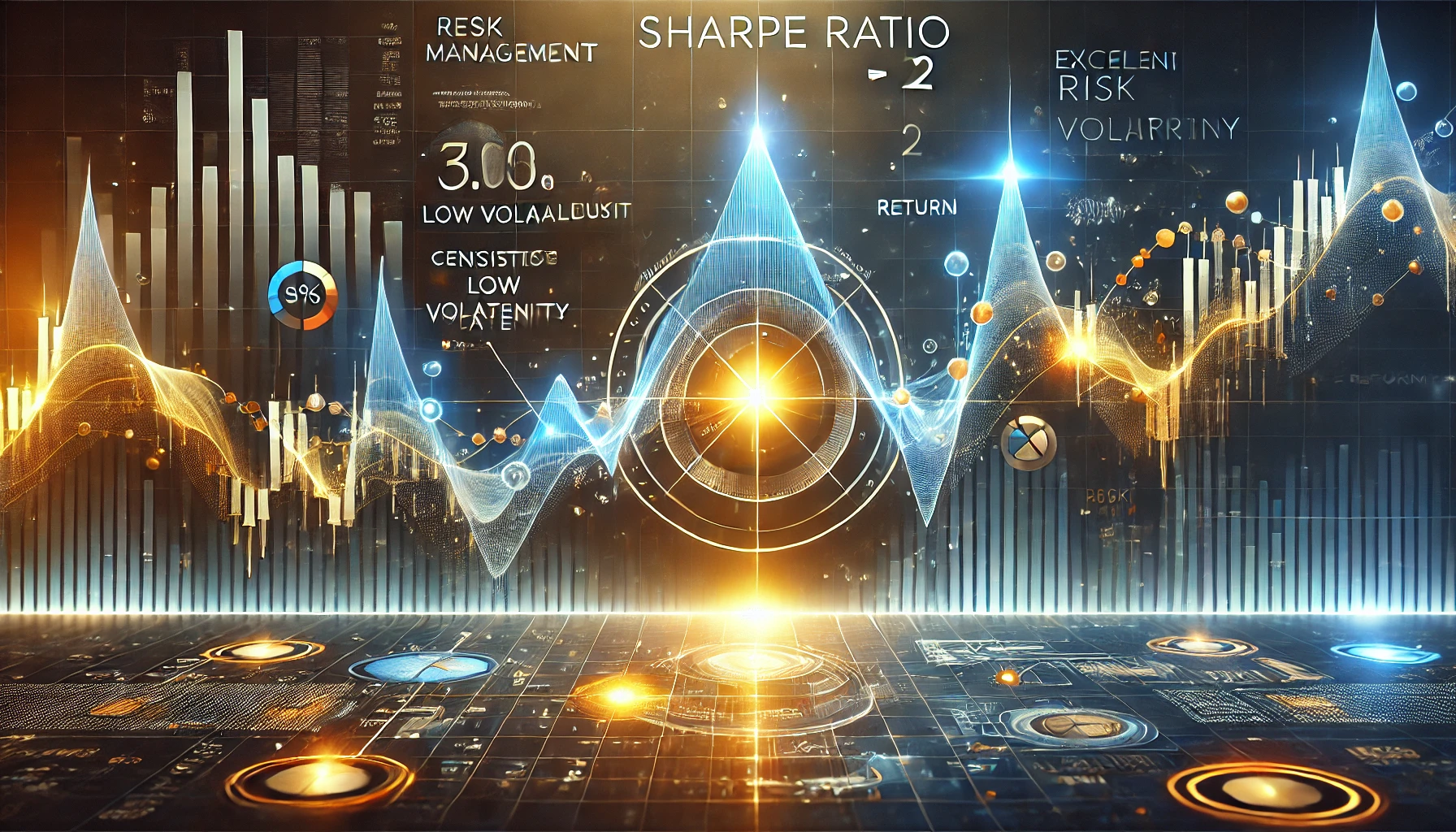Sharpe ratio greater than 2?
Table of Contents
A Sharpe ratio greater than 1 is a positive indicator for a trading strategy, but when it’s over 2, it signifies even better performance. Here’s a breakdown:
- Sharpe Ratio > 1: Indicates that the strategy is generating more returns than the risk it’s taking. A ratio above 1 means the excess returns (returns above the risk-free rate) are higher than the volatility of the strategy’s returns.
- Sharpe Ratio > 2: This is considered excellent performance. A Sharpe ratio over 2 means the strategy is delivering significantly higher returns relative to the amount of risk (volatility) it’s exposed to. It suggests the strategy is not only profitable but also doing so with low volatility and risk. This kind of performance is desirable for long-term strategies, as it indicates a strong balance between risk and reward.
What a Sharpe Ratio Over 2 Means:
- Efficient Risk Management: The strategy takes relatively low risk compared to the high returns it generates.
- Low Volatility: The equity curve should be relatively smooth, with fewer large drawdowns.
- Consistency: It’s a sign of strong risk-adjusted returns—the strategy is not reliant on a few lucky trades but generates returns consistently over time.
In summary, a Sharpe ratio over 2 indicates an outstanding risk-reward balance, and such a strategy is highly desirable, especially if the ratio remains consistent across both In-Sample (IS) and Out-of-Sample (OOS) testing. However, always double-check for overfitting or data snooping—make sure that this performance translates well in OOS and live trading conditions.
